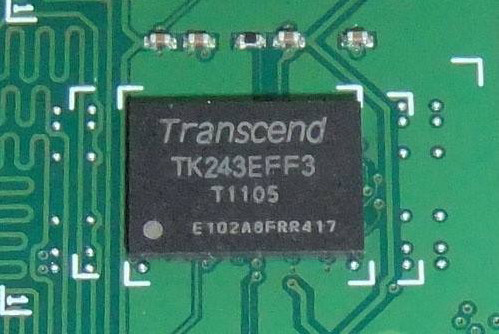With the decrease of signal rise along time and the increase of signal frequency, the EMI problem of electronic products has been paid more and more attention by electronic engineers. With the success of high-speed PCB design, EMI's contribution is getting more and more attention. Almost 60% of EMI problems can be controlled and solved by high-speed PCB.

1. High-speed signal routing shielding rules
As shown in the figure above: In high-speed PCB design, key high-speed signal lines such as clocks need to be shielded. If they are not shielded or only partially shielded, EMI leakage will be caused. It is recommended that shielded cables be drilled for grounding every 1000mil.
2. Closed-loop routing rules for high-speed signals
Due to the increasing density of PCB board, many PCB layout engineers are prone to such mistakes in the process of wiring, as shown in the following picture:
High-speed signal networks, such as clock signals, produce closed-loop results when multi-layer PCB wiring. Such closed-loop results will generate annular antennas and increase EMI radiation intensity.
3. Open-loop routing rules for high-speed signals
Rule 2 states that the closed-loop of high-speed signals will cause EMI radiation, and the same open loop will also cause EMI radiation, as shown in the figure below:
In high-speed signal networks such as clock signals, open-loop results are generated when multi-layer PCB is routed. Such open-loop results will generate linear antennas and increase EMI radiation intensity. We also want to avoid that in our design.
4. high-speed signal characteristic impedance continuous rule
For high-speed signals, the continuity of characteristic impedance must be ensured when switching between layers, otherwise EMI radiation will be increased, as shown in the following figure:
That is: the width of the same layer must be continuous, the wiring impedance of different layers must be continuous.
5. Wiring direction rules for high-speed PCB design
The cable routing between two adjacent layers must follow the principle of vertical cable routing. Otherwise, crosstalk may occur and EMI radiation may increase, as shown in the following figure:
Adjacent wiring layers follow the direction of horizontal, horizontal and vertical wiring, and vertical wiring can suppress crosstalk between lines.
6. Topological structure rules in high-speed PCB design
There are two important contents in high-speed PCB design, that is, the control of circuit board characteristic impedance and the design of topology structure under multi-load condition. In the case of high speed, it can be said that whether the topology is reasonable or not directly determines the success or failure of the product.
As shown in the figure above, we often use the Daisy chain topology. This topology is generally beneficial for a few Mhz. For high speed topology we recommend using the star symmetric structure at the back end.
7. Resonance rule of line length
Check whether the length of the signal line and the frequency of the signal constitute resonance, namely when the wiring length is the integer times of signal wavelength 1/4, this wiring will produce resonance, and resonance will radiate electromagnetic waves, produce interference.
8. Backflow path rules
All high-speed signals must have a good backflow path. Ensure the backflow path of high-speed signals such as clocks as far as possible. Otherwise the radiation will greatly increase, and the amount of radiation is proportional to the area surrounded by the signal path and the backflow path.
9. the device decoupling capacitor placement rules
The location of the decoupling capacitor is very important. Unreasonable placement of the position, is simply can not play the decoupling effect. The principle of decoupling capacitor placement is: close to the pin of the power supply, and the capacitor's power supply wiring and ground surrounded by the area.